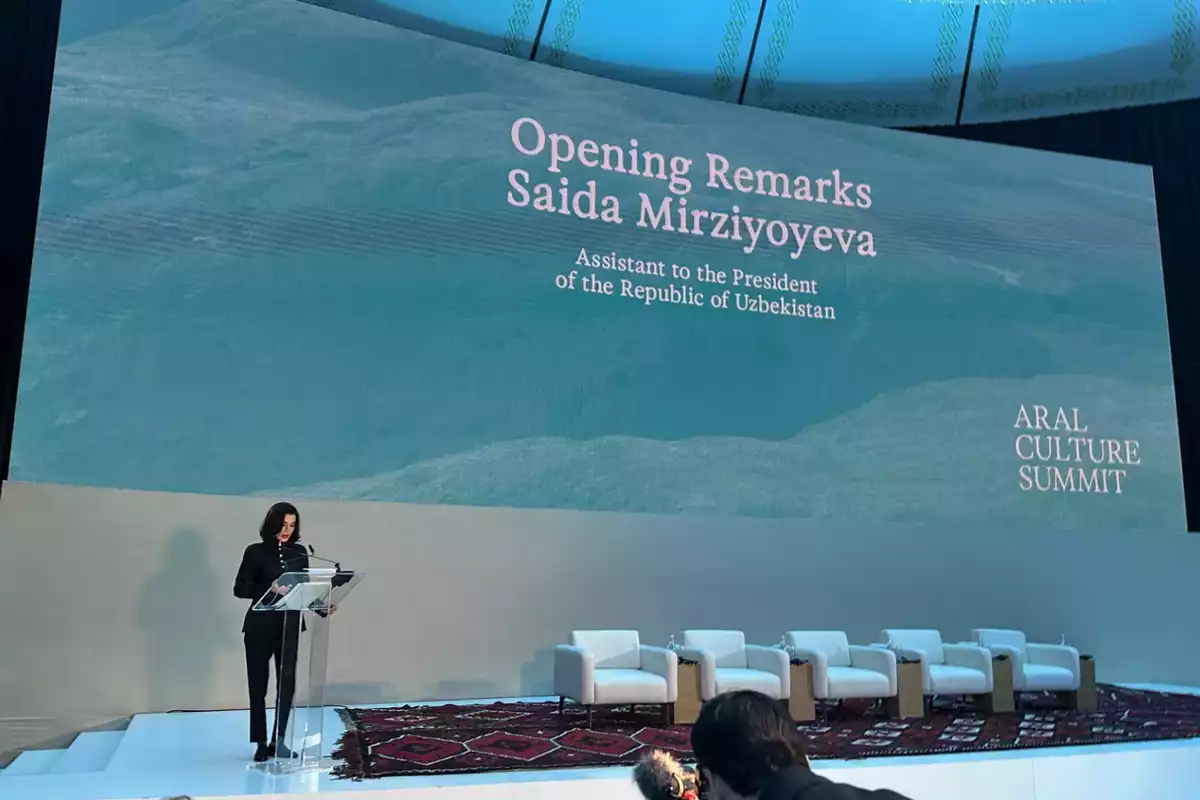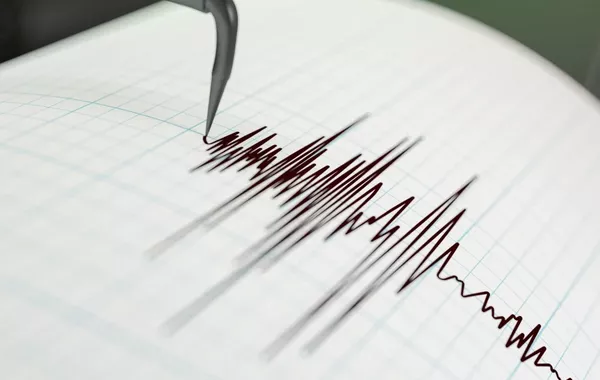
Copyright Euronews
At the 2025 Samarkand Climate Forum, Karakalpakstan introduced the Aral Culture Summit, aimed at highlighting recovery efforts, preserving history, and focusing on future development beyond the environmental crisis of the Aral Sea.
Mention the Aral Sea or search for it online, and apocalyptic scenes appear. A lake once so vast it is still called a sea-teeming with life and supporting dozens of marine species and picturesque fishing villages-is receding and close to disappearing, The Caspian Post reports citing Euronews.
The concentration of salt and other minerals in the drying waters became so high that it is now almost as lifeless as the Dead Sea. Its former bed now lies barren, a salty desert with few desert-dwelling animals and toxic waste left behind by Soviet biological weapons scientists. Salty dust storms continue to make local people sick.
The Aral Sea is situated in the Republic of Karakalpakstan, an autonomous republic in Uzbekistan, spanning the northwestern portion of the country.
Shifting the disaster narrative
That their republic became synonymous with a disaster zone hurts the people of Karakalpakstan even more than the loss of their sea. That is why they decided, with help from regional and national governments, to take action in showing the world that there is much more to this land than the Aral desert.
This region is the cradle of multiple civilisations, all of whom left their mark. It is dotted with ancient cities, fortresses and Zoroastrian “towers of silence” built centuries-maybe even millennia-ago. Consequently, it now has some of the world’s most fascinating archaeological excavation sites.
The 2025 Samarkand Climate Forum, where the leaders of five Central Asian countries and the European Union agreed to strengthen cooperation on green transition and sustainable development, gave Karakalpakstan the opportunity it needed to promote its cultural and environmental revival. A new event was thus launched: the Aral Culture Summit.
“Everything fades, everything disappears eventually-only the stars remain forever.” With these paraphrased verses from poet Ulmambet Khojanazarov, Saida Mirziyoyeva, First Assistant to the President of Uzbekistan, opened the inaugural summit.
“These lines… remind us that while landscapes shift and even seas may vanish, something enduring remains: a sense of hope, resilience, shared memory and meaning. We are here today in Nukus, the cultural heart of Karakalpakstan, not only to reflect on what has been lost but to imagine together what might be revealed,” Mirziyoyeva said.
Summit focuses on tourism, innovation and sustainable development
The summit hosts a multidisciplinary programme with panel discussions, keynotes, artistic performances and exhibitions addressing key issues such as environmental regeneration, creative economy and cultural diplomacy.
It brings together local and international activists, artists and scientists to explore and implement ecological, social and cultural strategies for the sustainable development of Karakalpakstan.
Among the guests was Ivana Živković, Assistant Secretary-General of the UNDP.
“I think it is a wonderful idea, and for that reason UNDP is supporting this event. UNDP has been present in Karakalpakstan since 1997, working closely with communities-from bringing clean water to supporting afforestation efforts to prevent soil erosion and environmental and health damage. Innovation and new approaches are key to supporting this region,” Živković said.
Tourism and investment potential highlighted
Tourism is designated as one of Uzbekistan’s main development priorities, and many summit participants believe Karakalpakstan-with its abundance of historical and cultural assets-can become a key destination.
“There is a lot of interest in the ‘kalas’-the more than 40 desert fortresses here,” said Sophie Ibbotson, Uzbekistan’s Tourism Ambassador. “Some of those have already been excavated, and we’re learning more all the time. GIZ, the German development agency, has several projects in eco-tourism around Sudochie Lake, part of the Aral Basin. There are also yurt camp initiatives and a workshop in Chimbay where visitors can watch traditional yurt-making and have lunch.”
Even the Aral Sea disaster itself is becoming a unique point of interest.
“There’s a small focus on disaster tourism. Many people want to visit the Aral Sea and what’s left of it-like the ship graveyard in Moynaq. But the aim is shifting-not to look at destruction, but to learn from environmental mistakes and understand the broader issues of climate change,” Ibbotson said.
The summit’s broader agenda includes digital development, youth empowerment, reforestation, land erosion prevention, water management and climate-resilient agriculture. The event is set to take place every 18 months, with the next edition planned for mid-2026.
Share on social media
